Botanic Buzzline
What's the buzz?
Did you know that 1 in 3 bites of food is made by pollinators? Or that pollinators contribute more than $24 billion dollars to the US economy? Clearly, we need pollinators, so why aren’t we doing something to address their decline? Well, that’s where the Botanic Buzzline comes in:
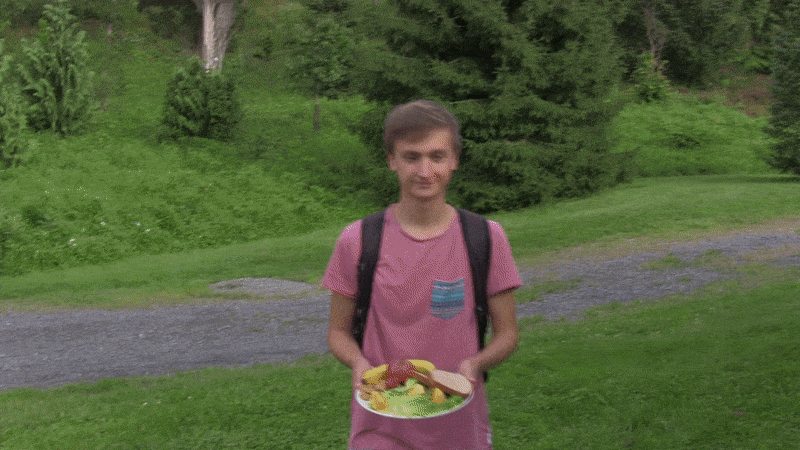
Our project hopes to connect people, plants, and pollinators on Cornell's campus. We want to build a 980 square foot flowering pathway stretching from Tower Road to the Cornell Botanic Gardens that attracts native pollinator species and guides visitors into the gardens. But why native pollinators?
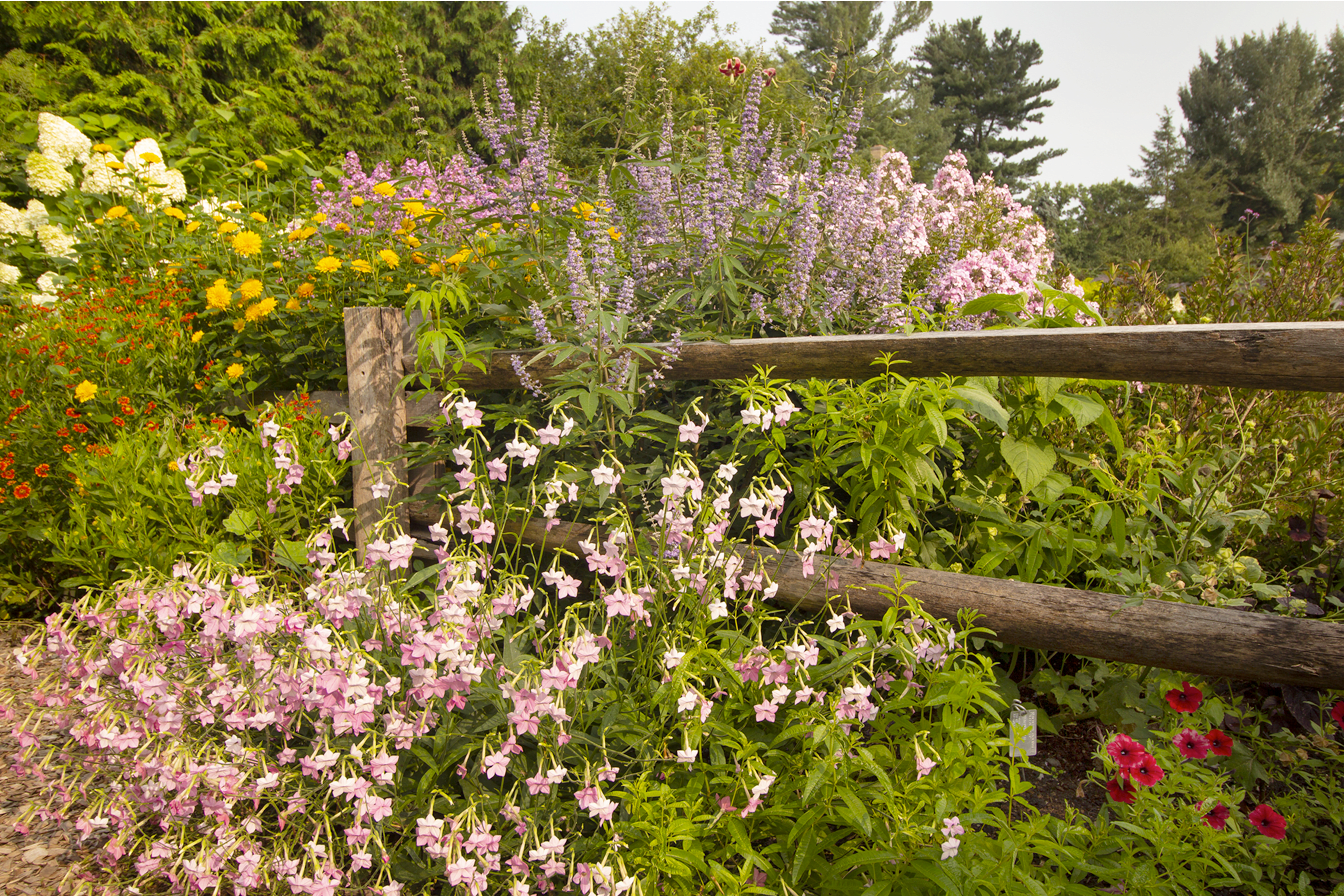
First, pollinators comprise a huge array of species; far more than just butterflies and bumblebees. Native pollinators, specifically, are those insects and animals that have existed somewhere without human introduction. As such, many of them have spent thousands of years co-evolving with local plants to be optimally suited for pollinating them. Honeybees, for example, aren’t actually native to upstate New York, and therefore are less effective than certain native species at transferring pollen from one indigenous flower to the next.
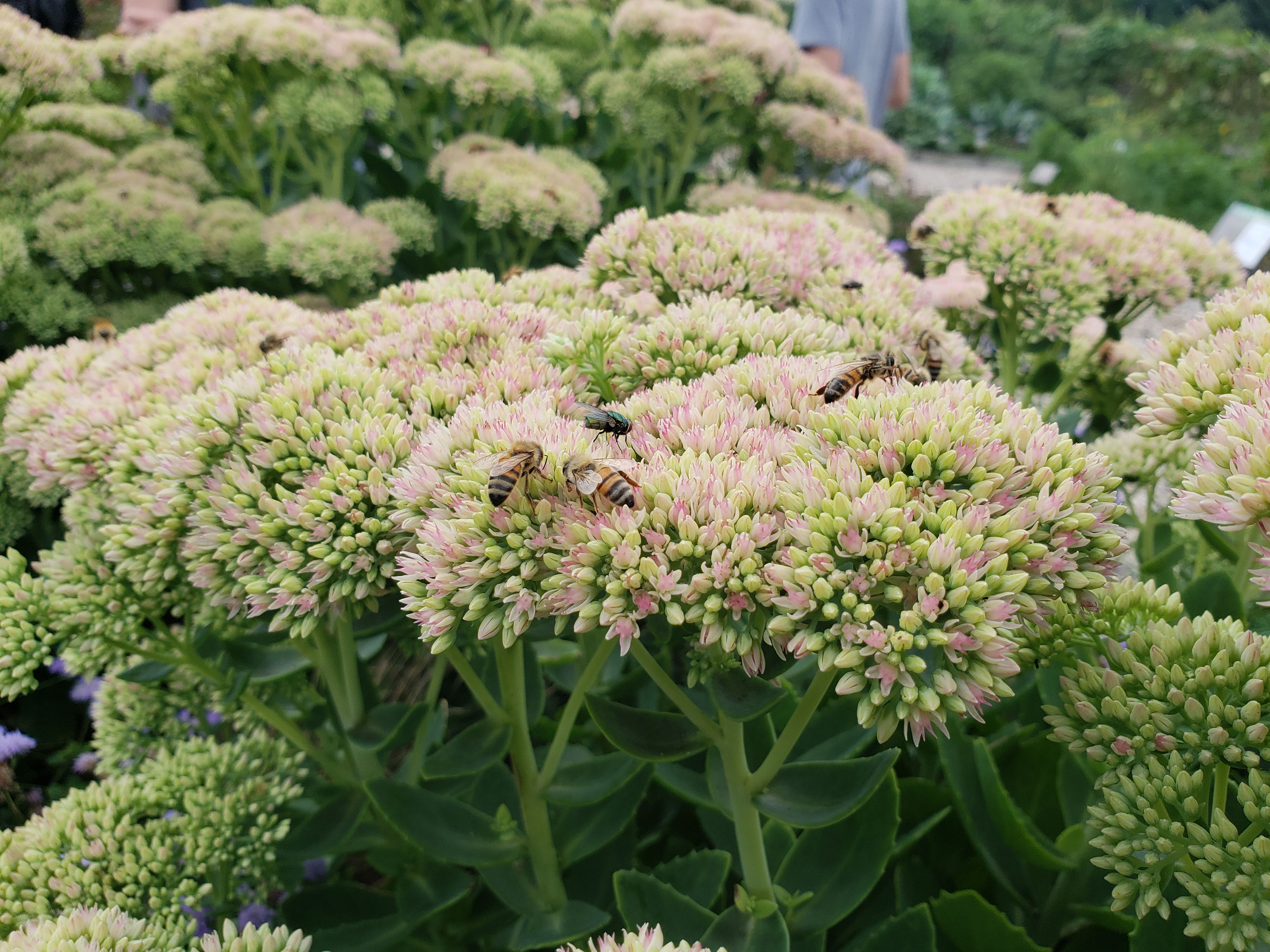
Additionally, native bees in the wild seem to be protected from the worldwide disease known as "colony collapse disorder;" the same one that is killing honeybees by the thousands in much of the United States. By increasing numbers of native pollinators, we help prepare for the devastating impacts that climate change and pesticide use may have on other pollinating species.

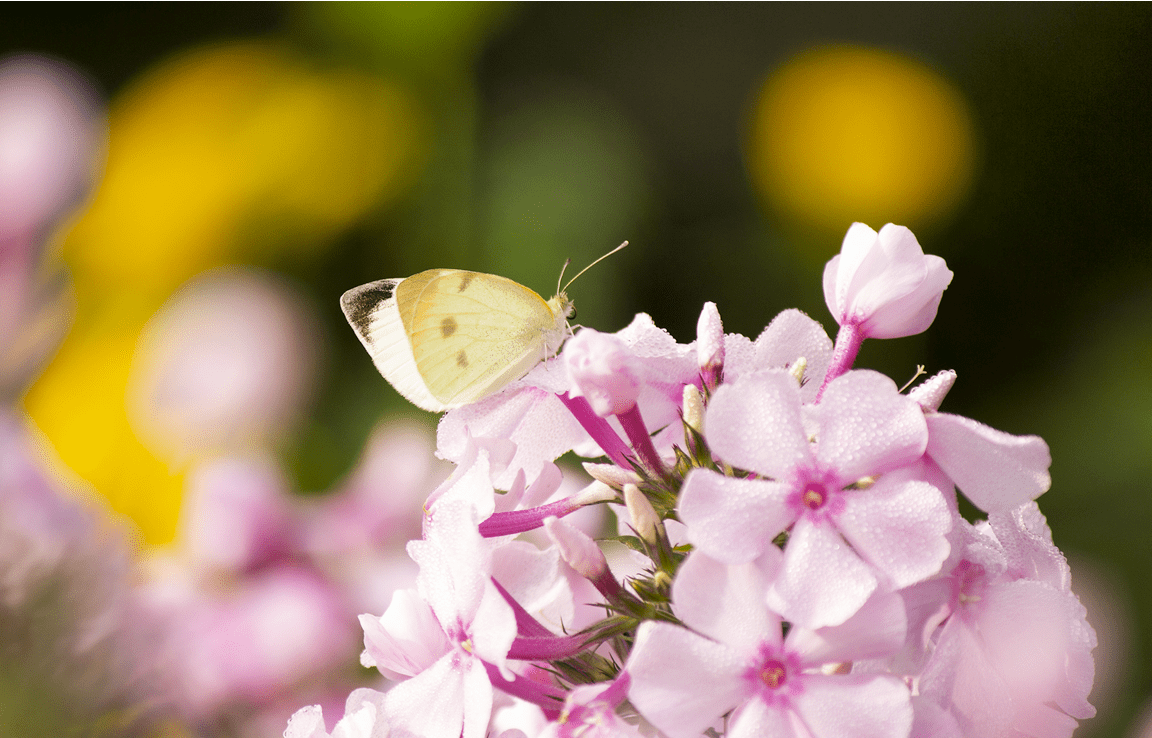
So how are we planning to attract native pollinators? Well, by planting native plants! We're looking to buy perennials that don't require constant replanting and come back stronger from year to year. These flowers will be selected for a variety of bloom times and nectar sources so as to be suitable for as many pollinators as possible. This will ensure that animals are attracted to the Botanic Gardens during all pollinating seasons, and that even less established pollinators will have the opportunity to reach nectar that they can access.
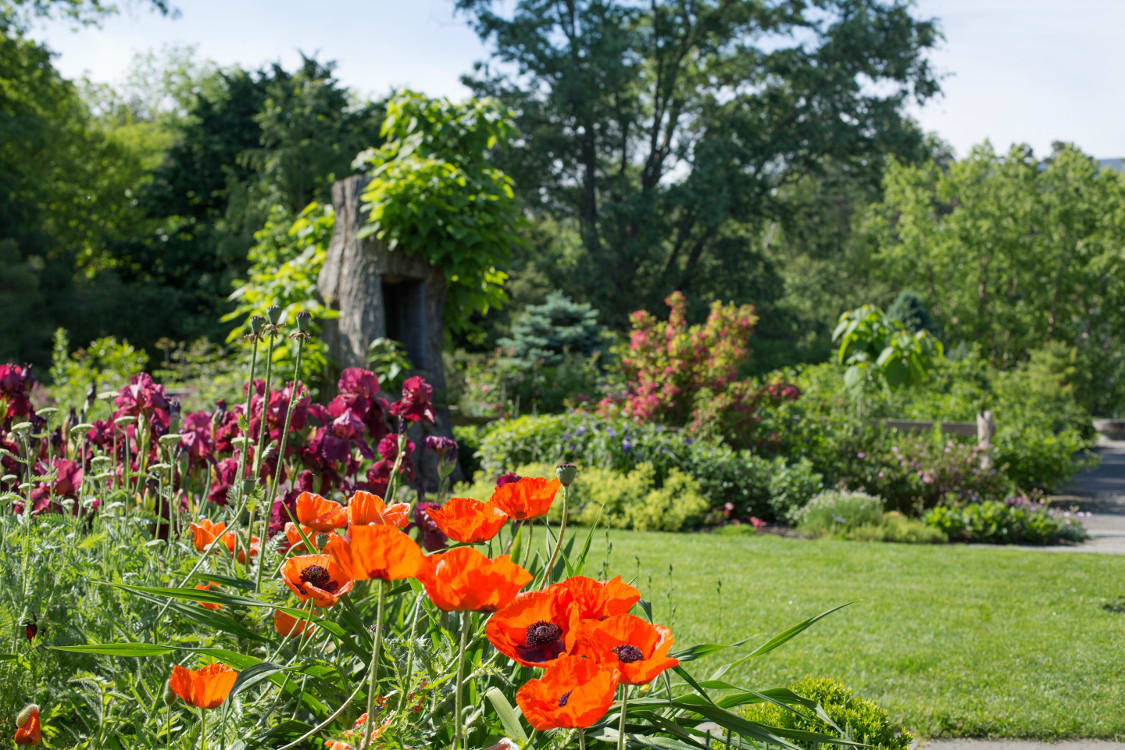
We hope that, with your help, we can raise the $10,000 necessary to buy plants, make informative signage along the pathway, and pay for the crucial first three years of maintenance when perennials need the most care. This project has endless opportunities to impact Cornell at large—it increases local biodiversity, acts as a case study for collaborative research, and makes Ithaca just a little more 'gorges.'
You can make a difference. The future is buzzing!
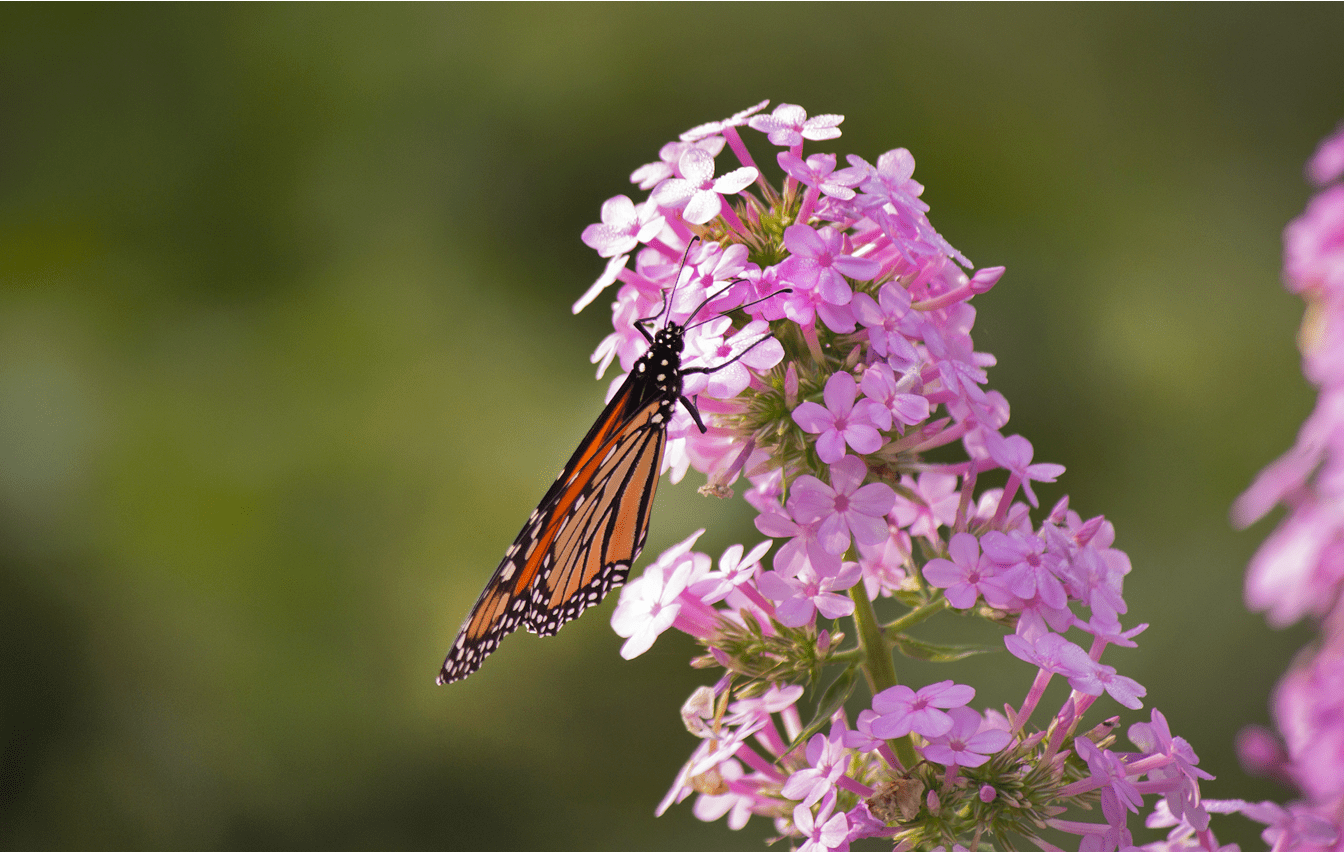
$15
Hoverfly
Hoverflies are generalist pollinators that visit a wide range of flowering plants and help keep certain pests, such as aphids, at bay. Though they carry less pollen on their bodies than bees, hoverflies stop at flowers more frequently which makes them an invaluable contribution to ecosystems worldwide. Your gift lets us plant 3.25 square feet of Buzzline, a pleasant rest stop for travelling pollinators!
$25
Ladybug
Beetles, like the ladybug, are among the most diverse organisms on earth and play a crucial role in pollination due to their sheer number. They were among the first insects to visit flowers, and today they remain essential pollinators for ancient flower species such as magnolias. Your gift will build four square feet of Buzzline and fund maintenance of that area for a full year!
$40
Moth
Being primarily nocturnal, moths take the night shift of pollination duties. Moths love visiting flowers with heavy fragrance and copious volumes of nectar, and serve as valuable pollinators due to the pollen-trapping hairs along their bodies. At this donation level, you help us plant 6 square feet of flowering plants and maintain them for a full year!
$65
Bee
The mighty bee is arguably nature's most well-known pollinator. More than 4,000 species of bees exist in the United States alone, and out of these the vast majority are solitary bees who do not live in social hives. These bees collect pollen as a source of protein, and often do so by grabbing onto flowers and shaking in a process called sonication. Your gift will cover 14 square feet of Buzzline or an entire three years of maintenance for 15 square feet!
$100
Nectar-Feeding Bat
More than 300 species of fruit trees depend on bats for pollination. Bats not only transfer pollen and disperse seeds, they also feed on insects like mosquitoes, making the outdoors much more pleasant for everyone! There exist over 1,300 species of bats, and many of them are key pollinators for specific environments where other pollinators do not fare as well. Your gift will plant 22 square feet of Buzzline—more than nine full walking strides of the pathway!
$200
Butterfly
Few things exemplify the beauty of nature better than a butterfly stopping at a flower for a meal of nectar. Butterflies can travel as far as 2,000 miles over a season, making them one of the most distance-covering pollinators we know. Like a butterfly, a donation at this level covers an incredible distance of Buzzline—43 square feet to be exact!
$500
Wind
Wind is the most widely spread pollinator across the world, and allows plants from even the most desolate of regions to distribute their pollen. Your gift will allow us to plant 55 square feet of Buzzline and maintain it for the crucial three first years before perennials can fully take care of themselves.





